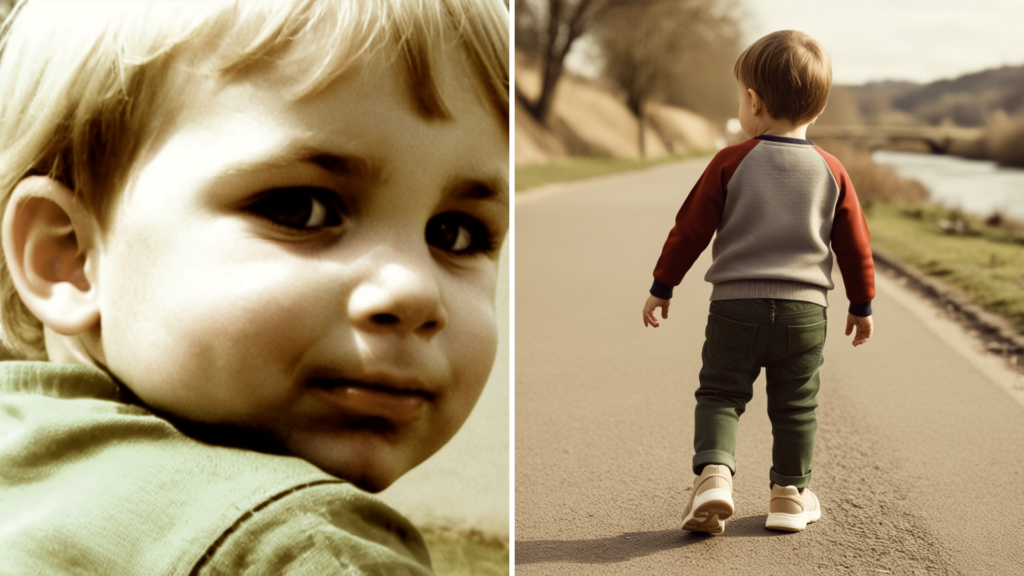Hundreds of missing persons and murder cases in Belgium remain unsolved. One investigative collective in the country, which analyses cold cases, is looking to artificial intelligence (AI) to create "last images" to find new leads.
An average of 181 murders took place in Belgium every year in the past decade, while the Federal Police's Missing Persons Cell registered some 30,000 disappearances since it was set up in 1995. Over 90% of these cases are solved, however, hundreds of people remain missing for years, while some murder cases go cold, leaving the bereaved without answers. Cold Case Bureau van Meerbeeck, an investigative collective, delves into these cases in a last bid to help find closure.
"I worked as a journalist for years, focusing on crime including murders and disappearances," Cold Case Bureau Van Meerbeeck's founder, Kurt Wertelaers, told The Brussels Times. "I worked closely with people who had been left behind, all linked to unsolved cases, and started struggling with the fact that I wasn't able to help solve the cases."
Wertelaers grouped together with volunteer researchers, experts and digital analysts to investigate lesser-known cases that the police are no longer working on due to a lack of information or resources. Five years ago, their research resulted in a case being reopened by the judiciary, triggering media attention and spurring many bereaved people to contact the bureau.
"It soon became clear to me that there are hundreds of cold cases," he said. Since then, several other cases have been reopened in Belgium and the Netherlands thanks to the team's investigation.
Helping witnesses remember
The bureau is now adopting a new approach to find leads, by using AI to reinvent missing person posters and including extra information on what the person was wearing or the weather conditions at the time of the disappearance. "If I were a witness, I wouldn't recognise the person based on [the old posters'] descriptions," Wertelaers said.
He started looking into the new technologies being used in the field, including the London-based charity Missing People's 3D imaging in which the person in question laughs and blinks, better depicting them.
Inspired by such innovations and with the approval of the missing person's relatives, the bureau, together with Forensic Research students from the Erasmus College in Brussels, developed unique AI images that place missing people in the exact attire they were wearing and at the exact spot of disappearance – a first in the Benelux (Belgium, the Netherlands and Luxembourg).

An AI image of Ilse Stockmans (19). Credit: Cold Case Bureau Van Meerbeeck
"This ensures that people can visualise the situation," Wertelaers explained. The bureau created five new missing person posters using such images.
Ilse Stockmans (19) who disappeared on a wintry February day in 1987 can be seen walking to a train platform wearing her black anorak with an attached hood and a white scarf, while two-year-old Liam Vanden Branden is pictured next to the Zennegat waterway in Mechelen, wearing the clothes he had on when he went missing. It is hoped these images might trigger a witness' memory.
The reaction of relatives and those left behind is two-fold. "Some of these people have been waiting for news for 20 or 30 years. It is very difficult for them to see these pictures, especially when faces are shown," he noted. "But they also realise this can generate attention, make people think twice. And then, it's worth it."

